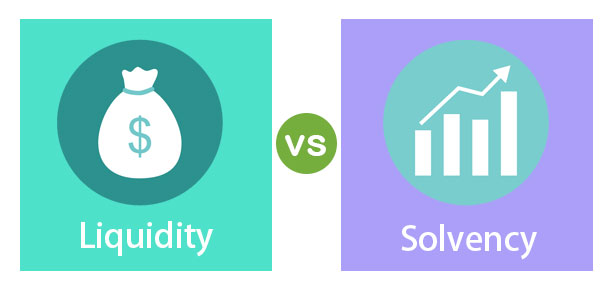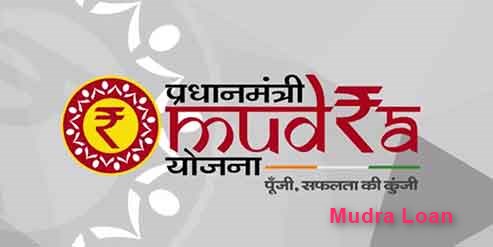Debt Restructuring – Capitalise relaxed regulations
Debt restructuring is important to overcome the distress especially during the pandemic. However one should exercise caution while seeking initial moratorium and revising repayment schedule Recently we came across a…
Read More





